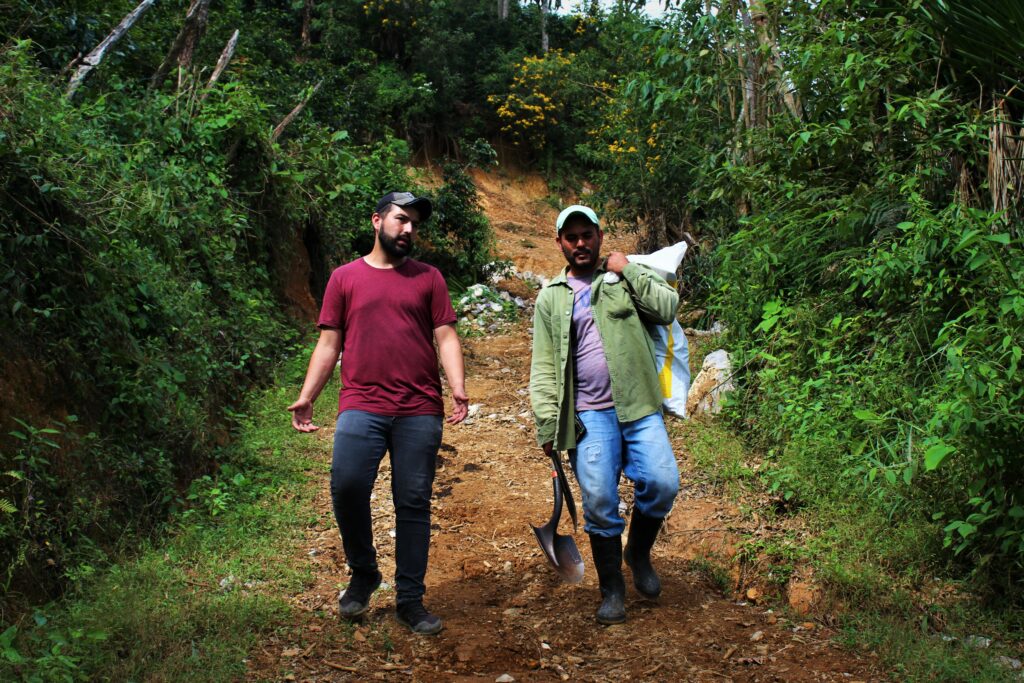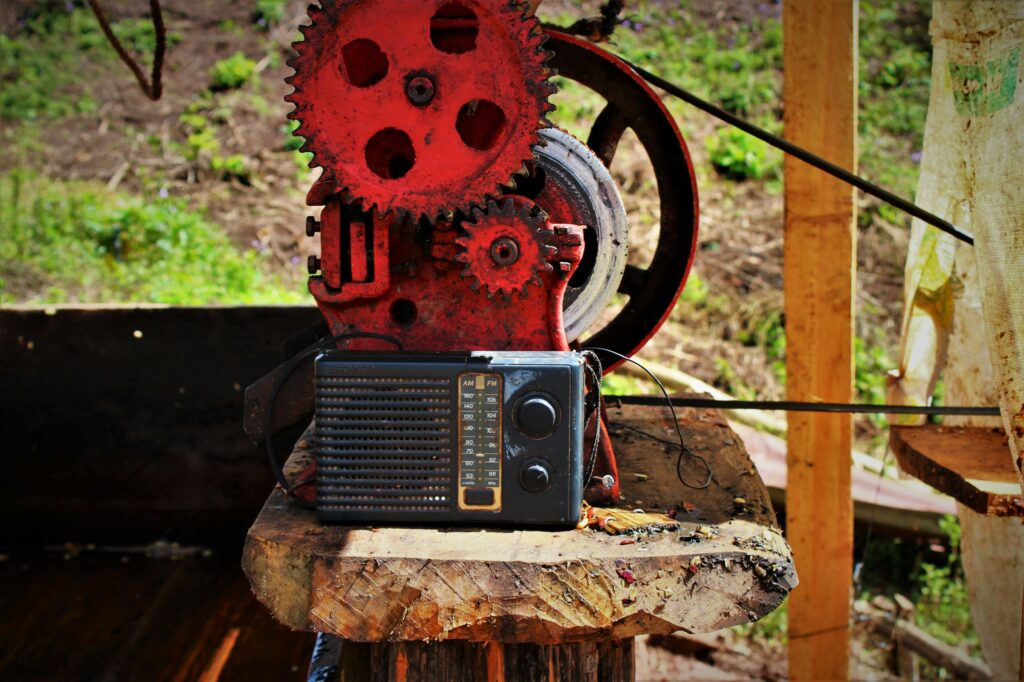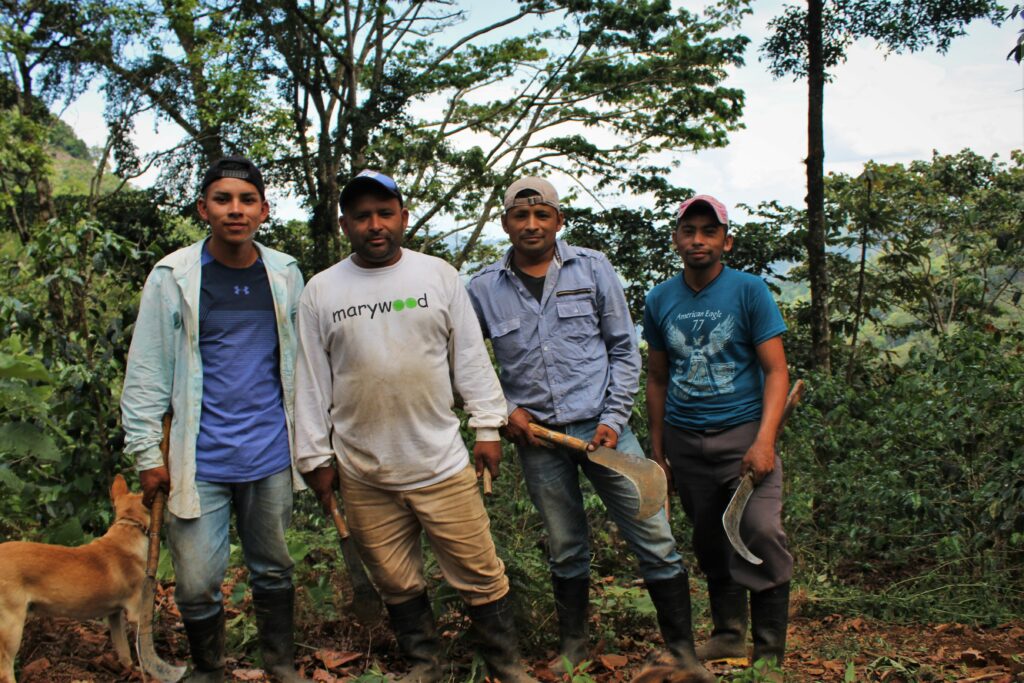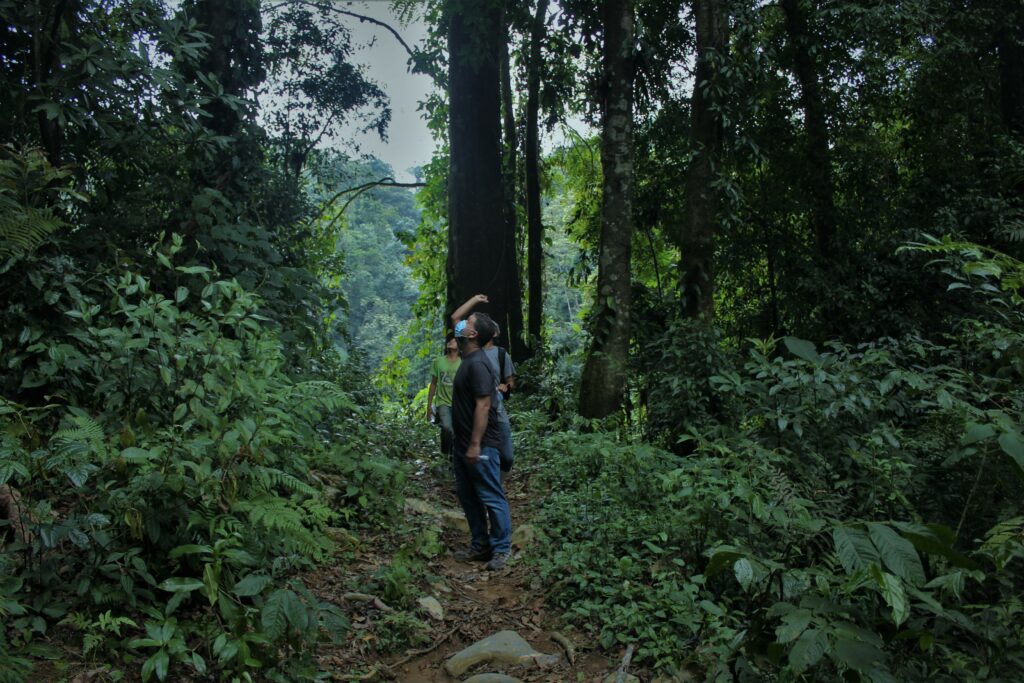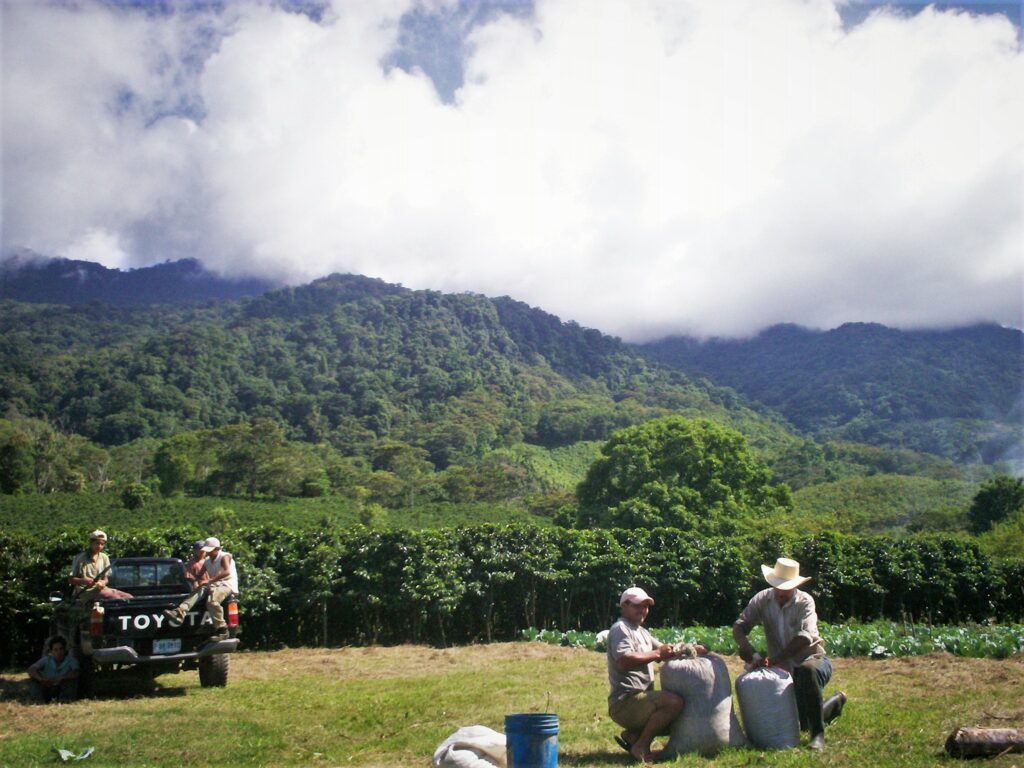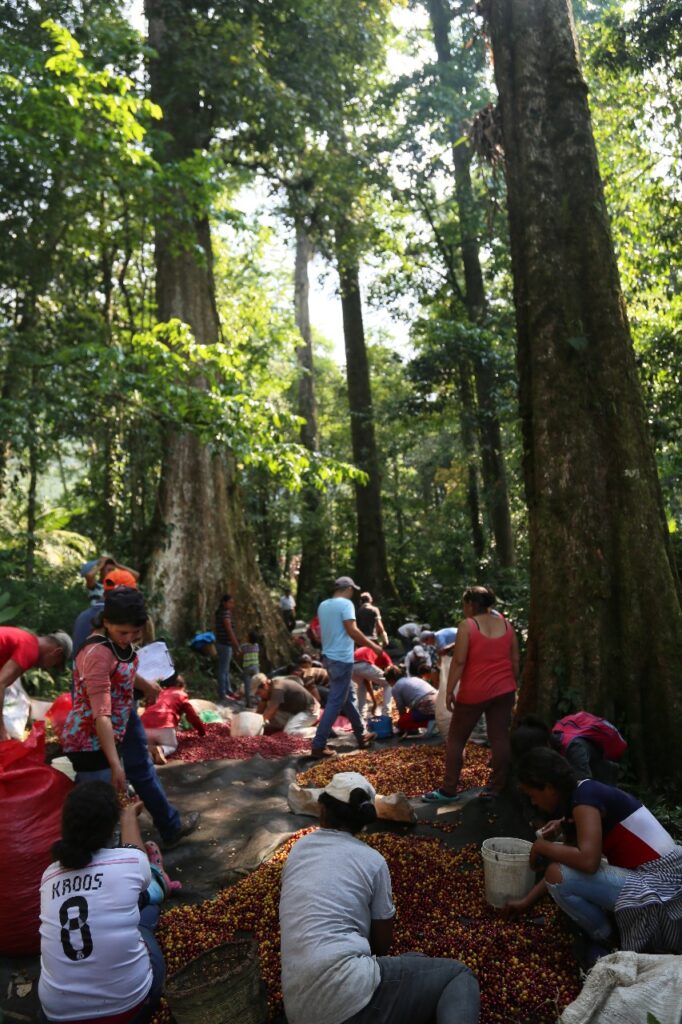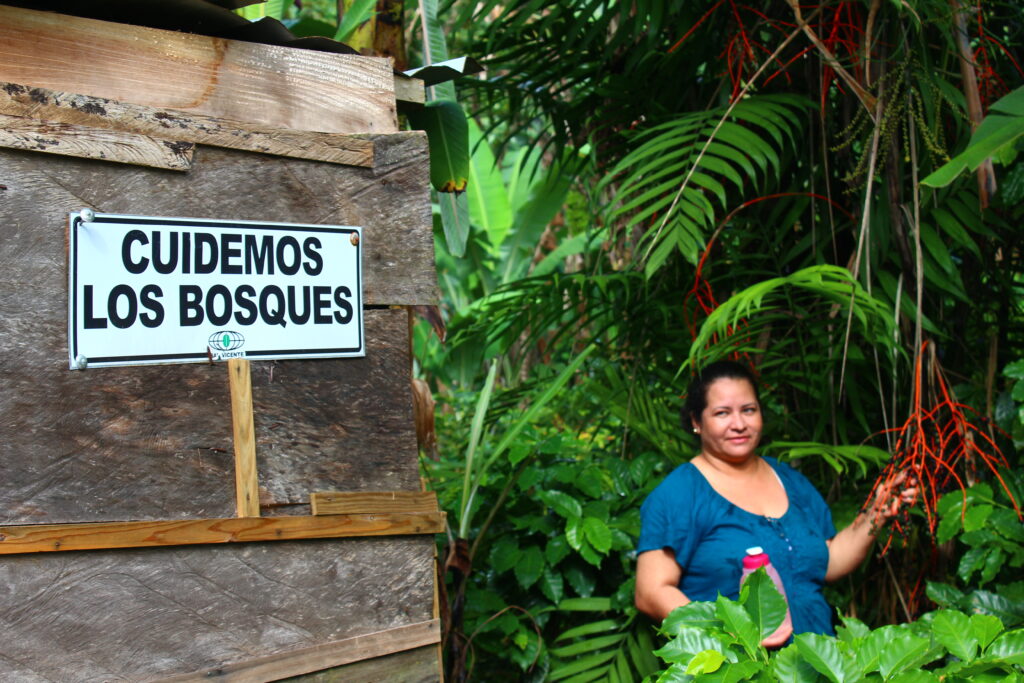Ally’s Core Coffee program features green coffees which represent the classic profiles of some of the world’s best known coffee origins. Core Coffees—like El Pino from Honduras—are named for trees found in their respective origin, celebrating the culture and the natural environment from which they came.
El Pino is sourced from smallholder farmers living and working in the Santa Barbara coffee region of Honduras. These farms are commonly found between Lake Yojoa and the peaks of the Santa Barbara Mountain, which reaches an elevation of 2,774 meters above sea level, making it the second tallest mountain in Honduras. Lake Yojoa is an impressive natural reservoir of water from volcanic origins; the lake contains an incredible diversity of aquatic animals, and 50% of the bird species of Honduras can be found around the lake.
Coffee has been cultivated in the region since the 1940s, originally with farms found exclusively in the lowlands. It wasn’t until the 1970s that coffee became the main economic driver of the region with the high prices for coffee at the time. Bourbon and Typica plants were the most common varieties for many years, until the area’s coffee farms were stricken with la roya in 2011. During the recovery, with producers committed to continuing to work in coffee, famers began replanting their plots with varieties resistant to diseases and pests including the Parainema, IH90, and Lempira varieties which comprise part of this community lot. Today, Santa Barbara is a world-recognized coffee origin, with many of the country’s Cup of Excellence winners coming from farms located high on the Santa Barbara Mountain.
El Pino is processed using traditional Washed processing. Freshly harvested coffee cherries are manually pulped before being fermented for approximately 16 hours. The fermented coffee is then washed to remove the mucilage, and the washed parchment coffee is dried until reaching its optimal humidity.
